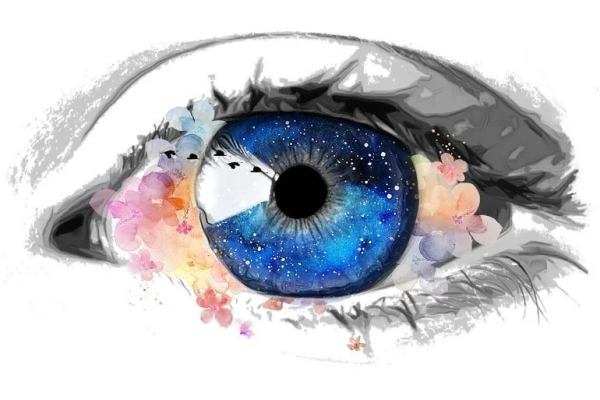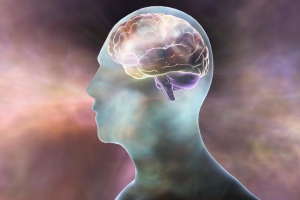Could We Train Our Brains to See New Colors?
Researchers question if our brains can take in three primary color inputs and turn them into the range of different colors we can see, could a little bit more mental work result in us unlocking different hues?
Researchers question if our brains can take in three primary color inputs and turn them into the range of different colors we can see, could a little bit more mental work result in us unlocking different hues?
For birders struggling to differentiate between male and female blue tits, the answer lies here. The crest of the male actually appears as ultraviolet (UV) to other tits, a distinction invisible to us humans.
Alongside other primates, our vision only comes in three colors: red, green and blue. Many other mammals usually see in two (blue and green), while birds see a mix of four (red, green, blue and UV).
If our brains can take three primary inputs and turn them into all the colors we perceive, could a bit of extra mental work unlock new hues?
Eyeing up evolution
Eyes, as we know and love them today, likely started their evolutionary journey 800 million years ago, in some of the Earth’s earliest organisms.
“These ancestral creatures lived in water, so being able to recognize light sources—to differentiate day from night and indicate depth—would benefit survival,” says Baden.
Consequently, evolution mutated a melatonin receptor into an opsin protein, which became the basis of almost all light receptors, leading to the vertebrate retina, over 500 million years ago during the Cambrian explosion.




Related Posts